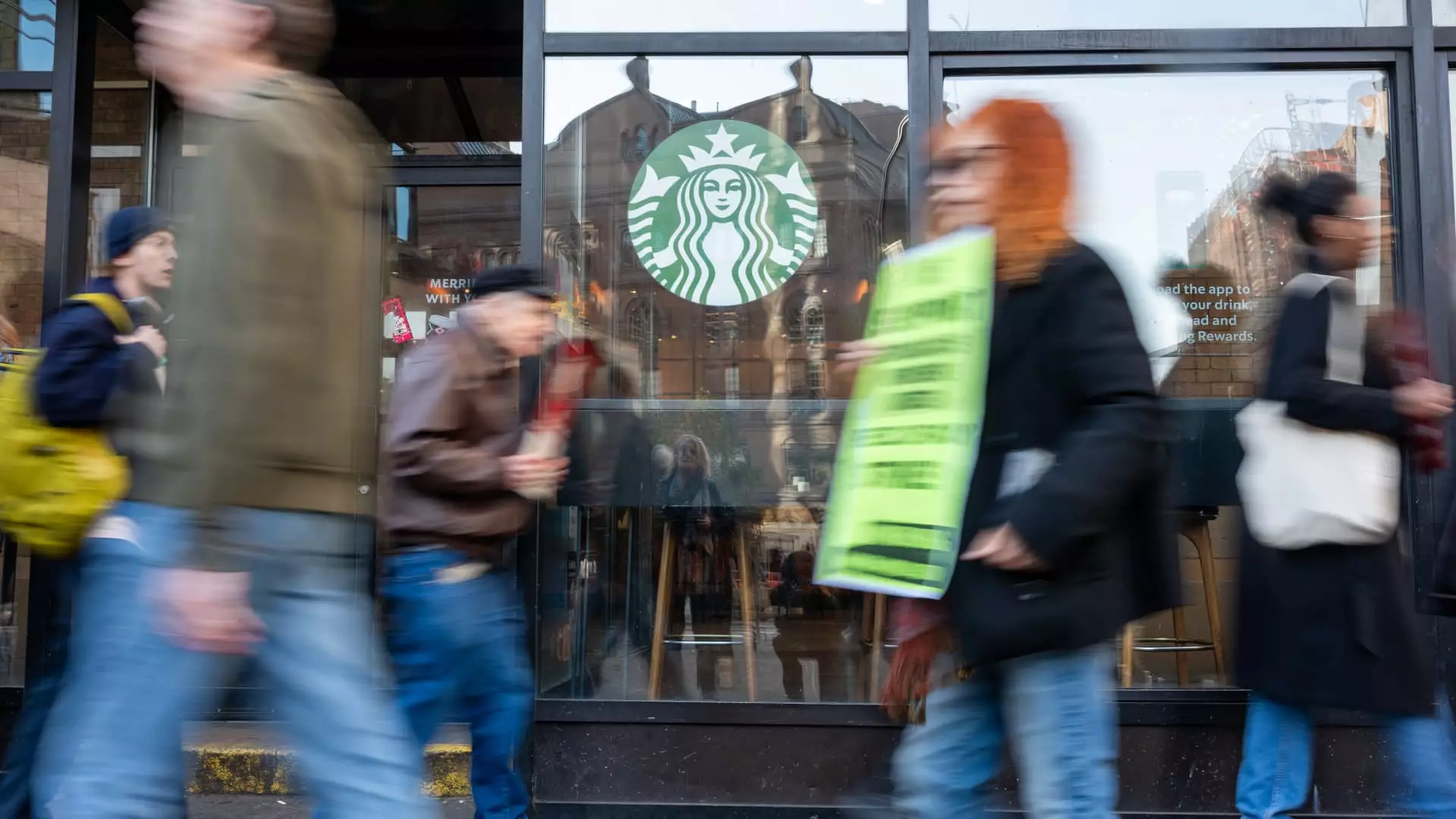When Starbucks and its baristas union resume contract bargaining this week, workers may have renewed momentum at their backs – courtesy of the company’s own CEO. The coffee giant last month found itself reporting an objectively challenging quarter. U.S. same-store sales fell 3% and traffic dropped 7%. As a result, the company cut its 2024 forecast. CEO Laxman Narasimhan admitted Starbucks was seeing a more cautious consumer when it came to spending but also mentioned the need to make improvements to stores as the company saw troubling trends.
In prepared remarks to Wall Street analysts, Narasimhan cited some of the challenges that union workers have been highlighting in their bid for better working conditions. Specifically in Starbucks’ U.S. stores, the company is focused on creating a more stable environment for partners through investments in equipment innovation, process improvements, staffing, scheduling, and waste reduction, all things valued and prioritized by partners to create a more satisfying work environment.
Internal surveys and bargaining committee meetings consistently show that union-represented partners rank “staffing and scheduling” as their highest priority issue. The vast majority of represented partners report frequently working short-staffed and getting scheduled for fewer hours than they want or need. The union has also pushed for better pay and benefits. Starbucks has made significant progress on staffing and scheduling over the past two years. An advanced staffing model takes into account historical and current trends to improve partner retention and sentiment.
Starbucks projects an increase in traffic and orders, emphasizing the need for staffing improvements. The company plans to open up its mobile order and pay app to nonrewards members and introduce the Siren System to address customer ticket times, reaching 1,000 stores in July. The new equipment and protocol aim to reduce steps for baristas and improve overall service speed.
Former Starbucks CEO Howard Schultz has called for more time to be spent with workers to understand ongoing challenges. His shift in tone from a combative attitude towards the union challenge to advocating for a focus on the customer experience highlights the importance of listening to employee concerns and feedback. Narasimhan’s emphasis on the company’s fix beginning with U.S. operations aligns with Schultz’s call for a more customer-centric approach.
Starbucks and its union workers are on a new path toward improved working conditions and customer service through open dialogue, innovative solutions, and a renewed focus on the overall employee and customer experience. As the negotiations progress, it is clear that both sides are invested in creating a more positive and sustainable future for the company and its partners.

